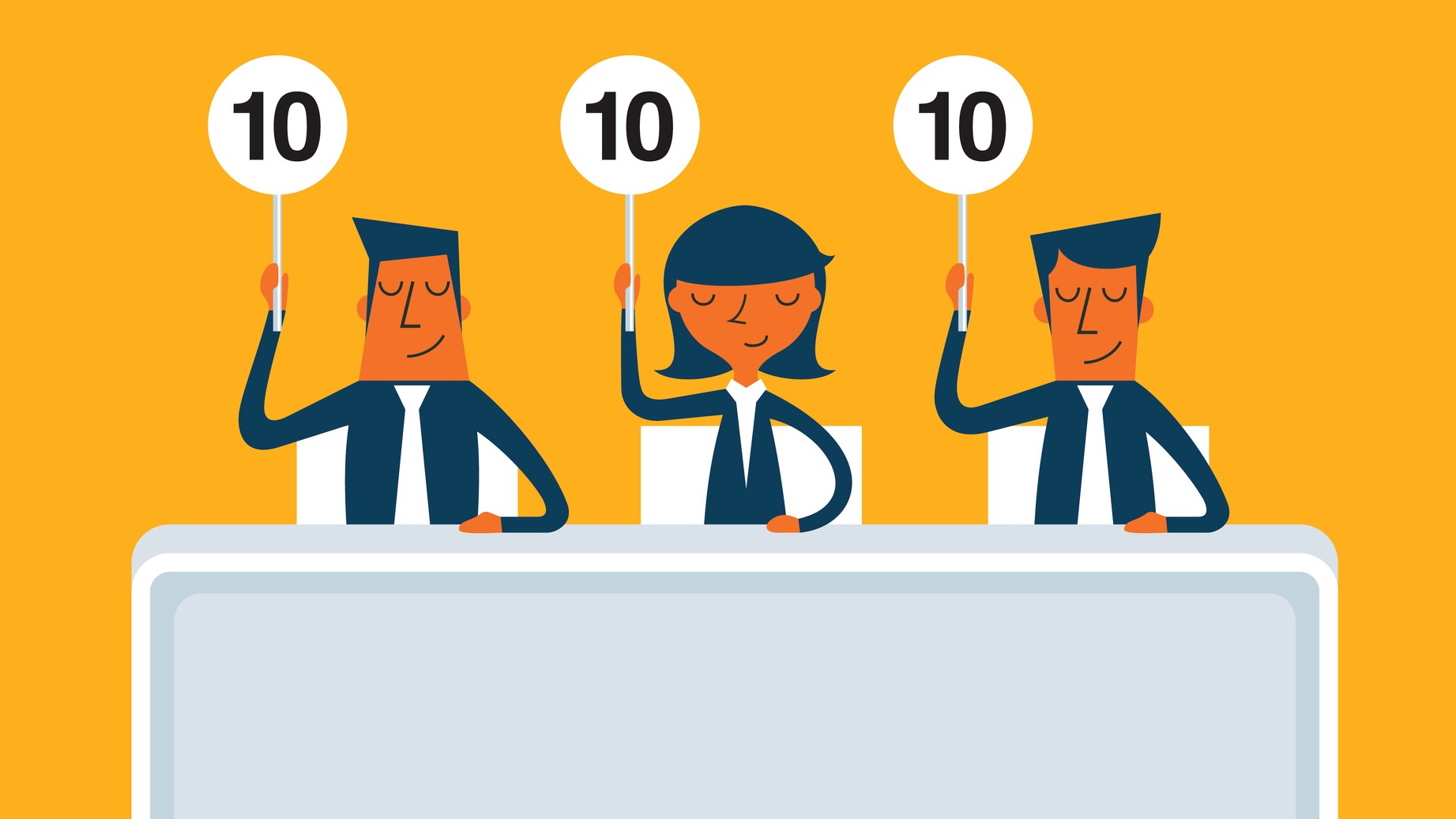How does your organization decide which projects are a priority? Is there a gut feeling that one project is more important than the others or do decision-makers pick their favorite projects to schedule first? These subjective methods of prioritization are actually quite common, but they’re not the ideal way to define which projects are a priority. To determine project priority, you’ll need to develop objective prioritization criteria. We’ve written about prioritization methods before, but to use one of these methods, you’ll need to learn how to define prioritization criteria. We’ll explain some common project prioritization criteria, how you can use them in your organization and how to apply them to projects to define which projects are actually a priority.
Start with Strategy
Objective criteria for prioritizing projects are based on your company’s strategy. This means your criteria might need to be updated over time as strategy changes. To get started, list out your company’s overall goals. They might look something like this:
- Increase revenue in U.S. market by 20%
- Provide better customer service
- Decrease infrastructure costs by 50%
- Launch new product or feature
The more specific your goals are the better, but if you’re working with goals that don’t have specific numerical targets you can still prioritize your projects. Once you list out corporate goals, you can start defining a prioritization criteria.
Defining a Prioritization Criteria
Prioritization criteria can be customized to each organization, but if you’re just starting out or want to revamp your current criteria, we recommend starting with these six. You can use all or some of these criteria as they’re applicable to your organization. For each one, we’ll look at what they mean, how they can be applied and what weighting you could use.
Goal Alignment
Whether you’re looking to develop project prioritization criteria or not, we recommend always asking this question before you start any project: which goal does this project support? This seems like an obvious question, but it’s not uncommon for organizations to commit to projects without thinking about how they support goals. You need to ask this question because it immediately filters out projects that won’t help your organization reach its goals. Additionally, you’ll also use goal alignment in other criteria so it’s a crucial first step in your prioritization.
A Note on Projects without a Goal
There are some instances when it’s perfectly acceptable for a project not to be aligned to a specific company goal. This can include things like regulatory compliance projects and run the business projects that are necessary for your business regardless of goals.
Strategy Fit
Strategy fit refers to how well a project aligns to the goal it supports. This criteria helps you determine how impactful a project will be. If a project only indirectly supports a goal or is only somewhat aligned, you’ll need to give it a lower strategy fit score. Not all your projects need to be highly aligned to a goal. The reality is that you’ll have projects with all levels of alignment. You can define levels in general terms like low, medium and high or use a numerical scale to express alignment.
Payback Period
It would be great if we immediately received the benefits of the projects we do when we complete them, but the reality is that some projects take time to deliver value. When prioritizing projects, you need to understand which ones will pay back quickly and which ones will take more time. What counts as a long payback period can vary by organization, but a good starting point is less than one year, between one and two years, between two and three years, and more than three years.
Risk Level
All projects come with some level of risk, but you don’t want to overload your organization with only high-risk projects. Risk level can refer to how visible a project is, the impact the project will have across the organization or the degree of uncertainty regarding if project teams can deliver on the project, among others. Just like strategy fit, you can assign values such as low, medium and high or use a numerical scale to illustrate risk.
Customer Impact
For customer-centric organizations, considering how each project will impact customers is a must. Anything that impacts your customers negatively (or anything that is even inconvenient for them) degrades the relationship between your organization and your customers. To protect this relationship, projects priority should be evaluated on the positive or negative impact they would have on a project. You can create easy-to-use values like high customer impact or use a numerical scale. If you choose to use a numerical scale, you could also use negative numbers to reflect a negative impact to customers.
Capacity Demands
Understanding the amount of manpower and resources a project will take is an important piece of the prioritization puzzle. You don’t have to know the exact amount of capacity needed down to the minute. It might even be easier for your organization to think of capacity demands in really general terms like low, medium and high.
Scoring and Weighting

Once you’ve defined criteria, the last step is to set a project prioritization scoring model and weighting where necessary. Your scoring model can be as simple or as complex as you want it to be, but if you’re just getting started, we recommend scoring one of two ways:
Scoring Method #1
The first way is to assign a maximum number of points applied to each criteria. For example, a project could score a maximum of 10 points in each criteria for a combined score of 60. If you use this method, we recommend adding a weighting to specific criteria to reflect which ones are most important. If customer impact is the most important criteria for your organization, you might provide a weighting that doubles the score for that criteria. So, if a project scored an eight in the customer impact criteria, the total score with the weighting would be 16.
Scoring Method #2
The second way you can set up your scoring is to have a different number of maximum points for each criteria. With this method, if the payback period was the most important criteria to your organization, a project could score a maximum of 30 points while less important criteria like risk level might only have a maximum of 15.
Regardless of which method you use for scoring and weighting, a project’s priority can be determined by adding up the scores from each section. Projects with the highest scores represent the highest priority projects. With scores in hand, your organization can feel confident that they’re working on the right projects and provide transparency to everyone about why projects are a priority.
Want to get started with project scoring and prioritization? Download our free PPM templates:
Project Prioritization with Meisterplan
Identifying which projects are a priority is the first step in building a powerful project portfolio. Meisterplan is a project portfolio management and resource management tool that helps you prioritize your projects, schedule them, find the right people for the job and create reports. If you want to see how Meisterplan can help you from prioritizing your projects to reaching your corporate goals, take our self-guided product tour.
Read Next

Data Quality: The Achilles Heel of Project Portfolio Management



